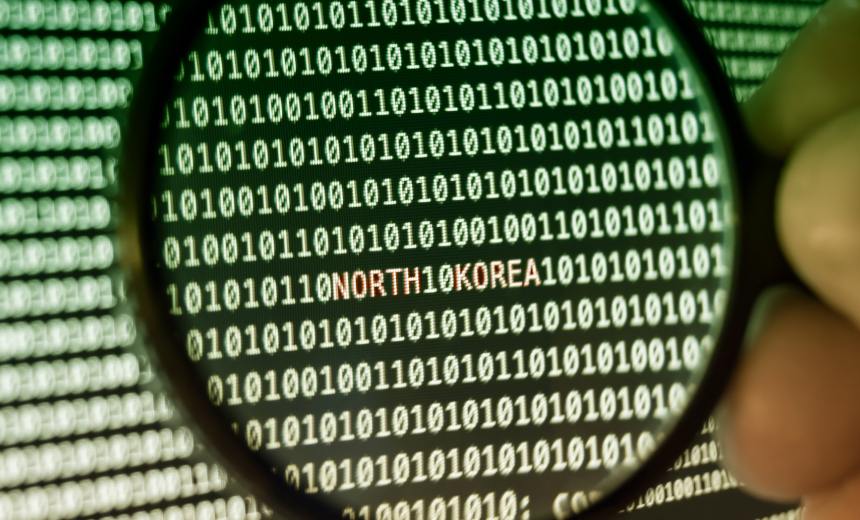Cyberwarfare / Nation-State Attacks,
Fraud Management & Cybercrime,
Geo Focus: Asia
Report: North Korean Hacking Group Incorporates Ransomware into Cyber Operations

Recent findings from South Korean cybersecurity researchers have revealed a robust cyberattack campaign attributed to the North Korean hacker group known as “ScarCruft.” This subgroup has reportedly initiated ransomware operations targeting various organizations across South Korea and the surrounding region.
The campaign, identified as being launched in July, involved the use of phishing emails combined with malware capable of logging keystrokes, capturing audio through microphones, and retrieving data from removable storage devices. A specific tactic employed included a malicious shortcut file hidden within a compressed RAR archive, which activated an AutoIt loader to download additional malware—ransomware, a data stealer, and a backdoor—from external servers, according to insights from S2W’s threat intelligence team.
A report published by South Korean analysts in August characterized this surge in activity as an evolution in ScarCruft’s operational tactics. The group’s historical focus has predominantly been on surveillance of defectors, journalists, and South Korean governmental institutions. However, this latest shift to ransomware and backdoor methodologies represents a significant pivot towards financially motivated cyberattacks.
Initially, the group concentrated its efforts on South Korean entities, but reports indicate an expansion of their operations into other nations, including Japan, Vietnam, and several Middle Eastern countries. The adoption of ransomware suggests a notable shift from their prior emphasis on cyber espionage to include disruptive and extortion-driven tactics.
For organizations concerned about similar threats, cybersecurity experts recommend a rigorous examination of URLs, file hashes, and other indicators that could signal breaches. They also advocate for the refinement of detection systems to adopt behavior-based rules aligned with ScarCruft’s evolving tactics, techniques, and procedures, in alignment with standards set by the MITRE ATT&CK framework.
Further analysis into the infrastructures utilized for these campaigns, along with attention to coding language and behavioral markers tied to past ScarCruft activity, is advised for ongoing vigilance. This would help in uncovering potential future operations by the group.
In recent years, state-sponsored groups from North Korea have made notable advancements in their cyber capabilities, engaging in a combination of espionage and financially motivated attacks that serve both to assert power and to finance the regime’s military objectives. As cyber operations increase in sophistication, particularly post-COVID-19, these actors have shown agility by forming temporary teams to execute targeted attacks, aligning their strategies with those employed by more established nation-state actors like China.
